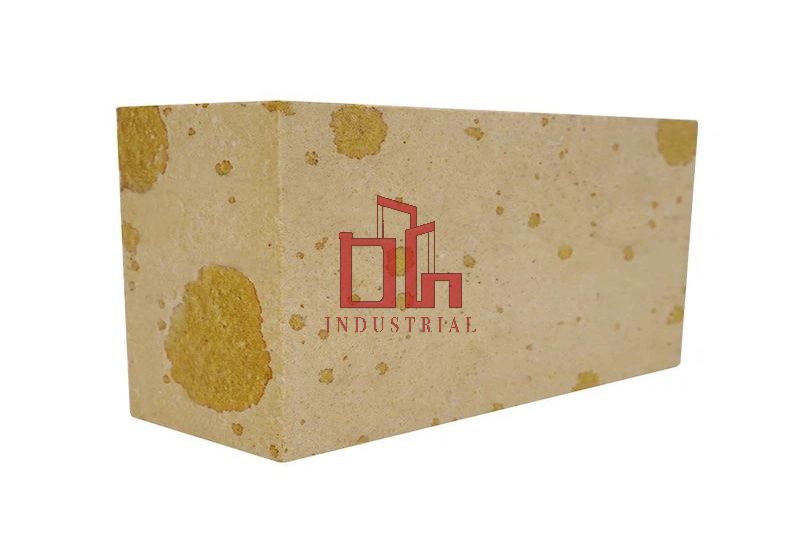What are the differences between clay bricks and high alumina bricks?
Apr 02, 2024What are the differences between clay bricks and high alumina bricks?
Clay bricks and high alumina bricks are both commonly used bricks in construction, but they are very different. The former is widely used and has more prominent advantages when building blast furnaces. In addition, in recent years, it has been used in various rotary kiln linings. It also has good applications in blast furnaces and blast furnaces, and the latter is mostly used in nozzle bricks and pouring systems. So what are the differences between them?
1. Different corrosion resistance
Highly rated clay bricks are made of hard clay clinker that is batched according to particle size requirements, shaped and dried, and then fired at extremely high temperatures. The firing process of clay bricks is mainly a process in which kaolinite continuously loses water and decomposes to form mullite crystals. It is a weakly acidic refractory product. High alumina bricks cannot resist the erosion of acidic slag and acidic gases. Their thermal properties and resistance to rapid cooling and emergency Thermal properties are not as good as clay bricks.

2. Different volume shrinkage rates
Within the temperature range of a very large elastic space, the volume of clay bricks expands uniformly as the temperature rises. The linear expansion curve is approximately a straight line and the linear expansion rate is high. When the temperature reaches a certain level and continues to rise, its volume will be reduced by the expansion limit. The values start to shrink. When the temperature of clay bricks exceeds the limit temperature, the low-melting point materials gradually melt, and the particles are very close to each other due to surface tension, resulting in volume shrinkage. High alumina bricks are exactly contrary to this.
3. Different stability
High alumina refractory bricks are refractory products with an aluminum content greater than a certain value. The refractory degree and load softening temperature of high alumina bricks are higher than those of clay bricks. They have better slag corrosion resistance, but their thermal stability is not as good as clay bricks. High alumina bricks have high density, low porosity and are equally wear-resistant. It is better to use high alumina bricks to build the furnace head and furnace bottom of some furnace types. However, if the carbon furnace uses specific clay bricks, it will be better to use high alumina bricks. Unsuitable because high alumina bricks are prone to curling and warping at high temperatures.
From the perspective of process flow and process difficulty, the clay brick process is obviously more complex. In order to meet the needs of more application scenarios, the factory standards of better clay bricks in the industry are also relatively high, whether it is traditional production technology or modern automated technology. Both are obviously better than high alumina bricks, but they have their own characteristics and there is no obvious difference between them.
Tags :